Turns out, strength based leadership can be a lot of fun! MARL Class XI participants gathered via zoom for another power-packed leadership seminar. Our focus was the book, Strength Based Leadership and the corresponding CliftonStrengths assessment. Class participants were asked to take the assessment prior to the seminar. Among the 27 class members, all 34 strengths finder themes were represented—we really are a well-rounded class!
We learned that the 34 strengths fall into four major domains: Executing, Influencing, Relationship Building and Strategic Thinking. While some members’ five strengths fell into just one of the domains, others had all four represented. Everyone is truly a UNIQUE individual and understanding areas of strength can help individuals, families, teams, organizations and communities work more cohesively together. What one person sees BEFORE the strengths assessment to be bullheadedness, for example, might be understood AFTER to be Self Assurance or Focus. Another example might be understanding that the Strategic Thinkers love data and need time to process. This can help the Executers give them time to plan and think rather than put them on the spot for decisions.
We used multiple activities to write out our strengths to help us commit them to memory and own them. Shelly Schell, MARL Class VI, engaged us in a tree-drawing activity to highlight our strengths, inviting us first to consider the roots. Are they deep or shallow? What does the soil look like? Is it rocky? Sandy? Pass through water? What is the trunk like? Is it solid or sinewy? What makes up the trunk? What are the branches like? Where is the tree located? Is it alone or in a forest? Everyone’s tree, just like we, as individuals, showed up very differently and exhibited to each of us, a lot of meaning in a short period of time. We also decorated a block with our strengths as a desktop reminder of what they are and came up with our own ideas/designs of what we thought our strengths might look or sound like.
We discussed in the absence of the Strengths Assessment, another tool to help discover strengths is SIGNS. Success: What is something you are great at and perform excellently? Instinct: What is something you are naturally drawn to? Growth: You like learning more and it’s easy to focus on it. Need: It’s psychologically energizing and it feels good to use it.
We then broke into our Seminar Management Teams (based on geographic proximity) and worked through an exercise to discover our team strengths. We would utilize these strengths for the remainder of the seminar’s in person activities.
We also considered the “dark side” of strengths and how being “too much” of anything might be off-putting in situations and to be cognizant of that as we work in our different team environments.
Submitted by Seminar Management Team Yellow: Nada Carter, Jesse Pabst, Elizabeth Golombiecki and Roy Wookey


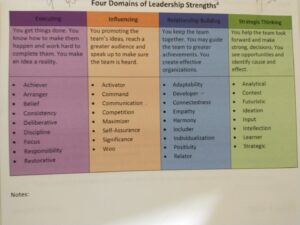
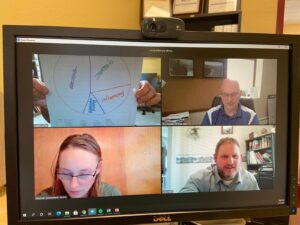
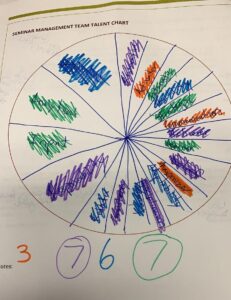
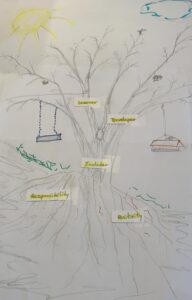
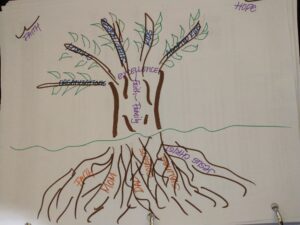
Comments